The alphabets sets are a mix of Sleeping, Slanting, and Bend lines.
Standing lines are known as vertical lines. Sleeping lines are horizontal lines. T is composed of one standing and one resting line. B is a blend of standing lines and 2 curve lines.
We managing the alphabet writing formation issue with kids who are in first to school. We are always stressed by our youngsters’ writing issues. The drawback of the wrong formation alphabet is that the teacher didn’t understand the content when a kid doesn’t write accurately in class or exams. The teacher didn’t know what they write. At that point, they get fewer marks.
Practice your kid to click to download the below worksheet.
First, we suggest parents improve their pencil control. We used in our session some of the PDF printables to improve it. These worksheets help in pencil control and skills needed for fluent and legible writing. These worksheets will help children handwriting strokes in capital letters.
Read more about pencil control. How that will help your child?
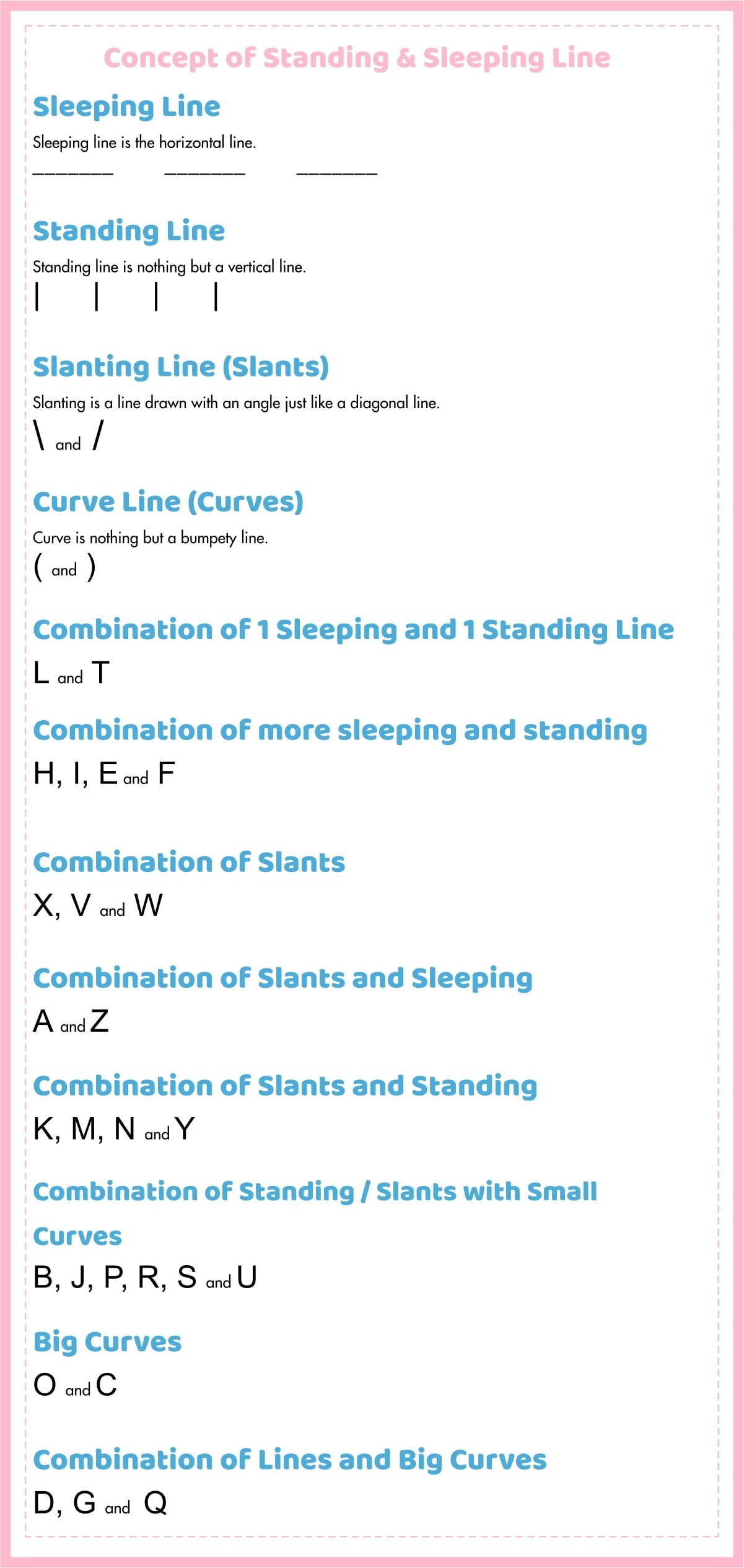
New in Learning worksheets
Children begin by loving their parents, as they grow older, sometimes they forgive them

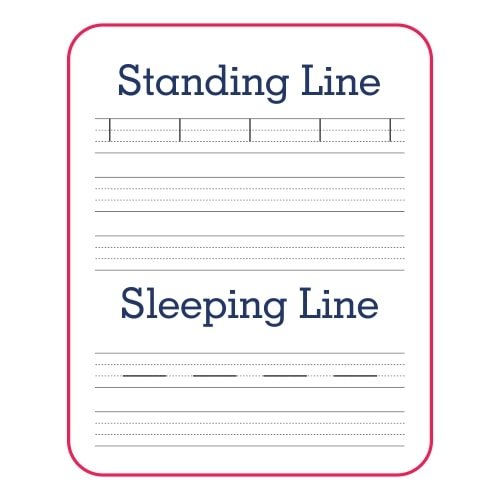

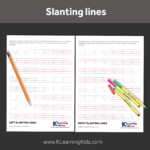
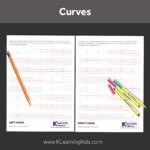
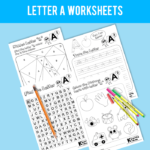
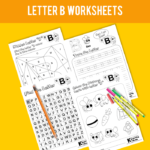
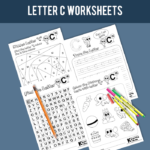
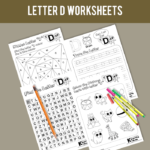

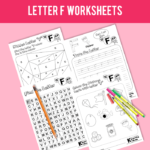


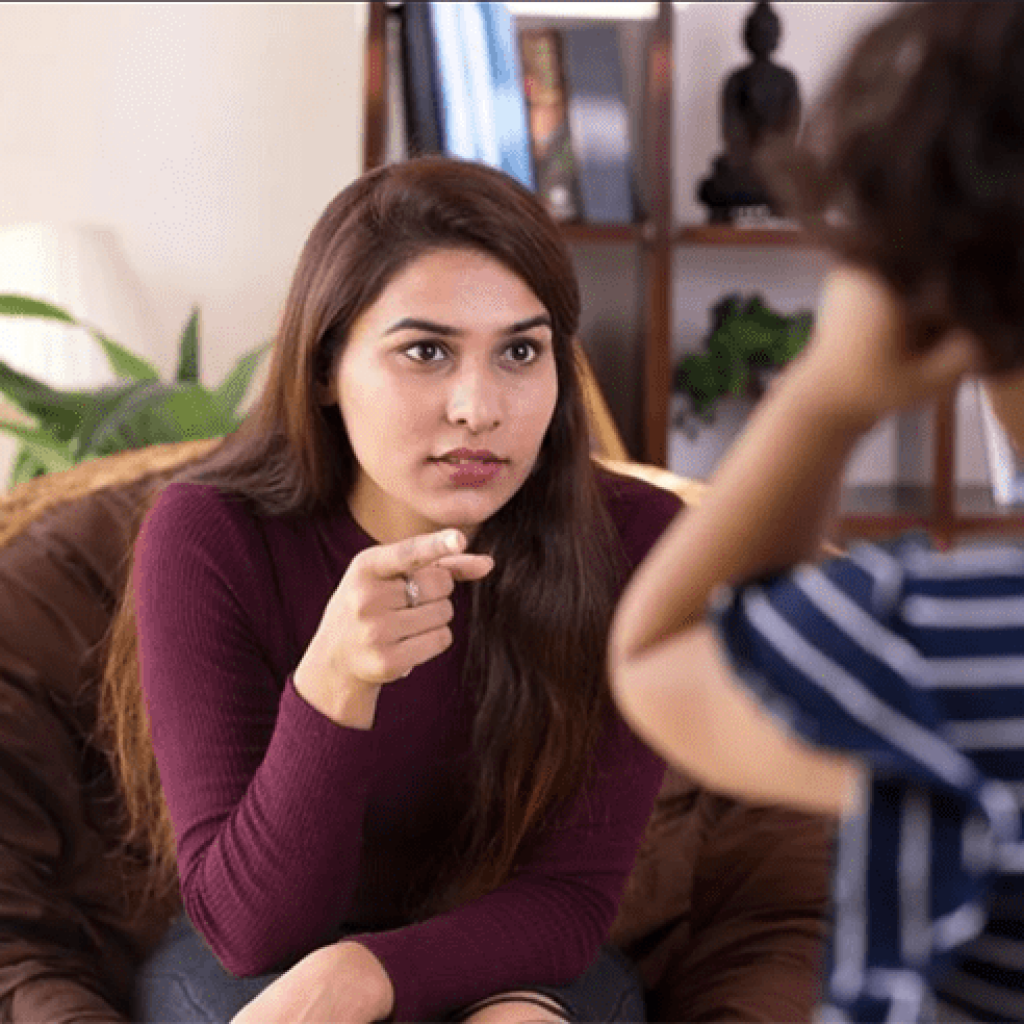

A wonderful article that I have shared. How did I make my child
love to read:
Thank you for sharing the article and your positive feedback! We’re delighted to hear that you found it wonderful. It’s fantastic to hear about your success in fostering a love for reading in your child. If you have any tips or strategies that have worked for you, we’d love to hear them. Keep up the great work, and happy reading!
“Thank you for sharing and your positive feedback! Delighted you found it wonderful. We’d love to hear your tips too. Happy reading!”
This article is great! If it help, you can teach your child to read, this video reveals how any
child aged 2-9 can quickly learn to read at home:
Thank you for your feedback! We’re glad you found the article great. We appreciate your suggestion and will definitely consider it. We’re committed to providing valuable resources for children’s learning. If you have any more tips or suggestions, feel free to share. Thank you again for your support
“Thank you for sharing and your positive feedback! Delighted you found it wonderful. We’d love to hear your tips too. Happy reading!”
This article is great!